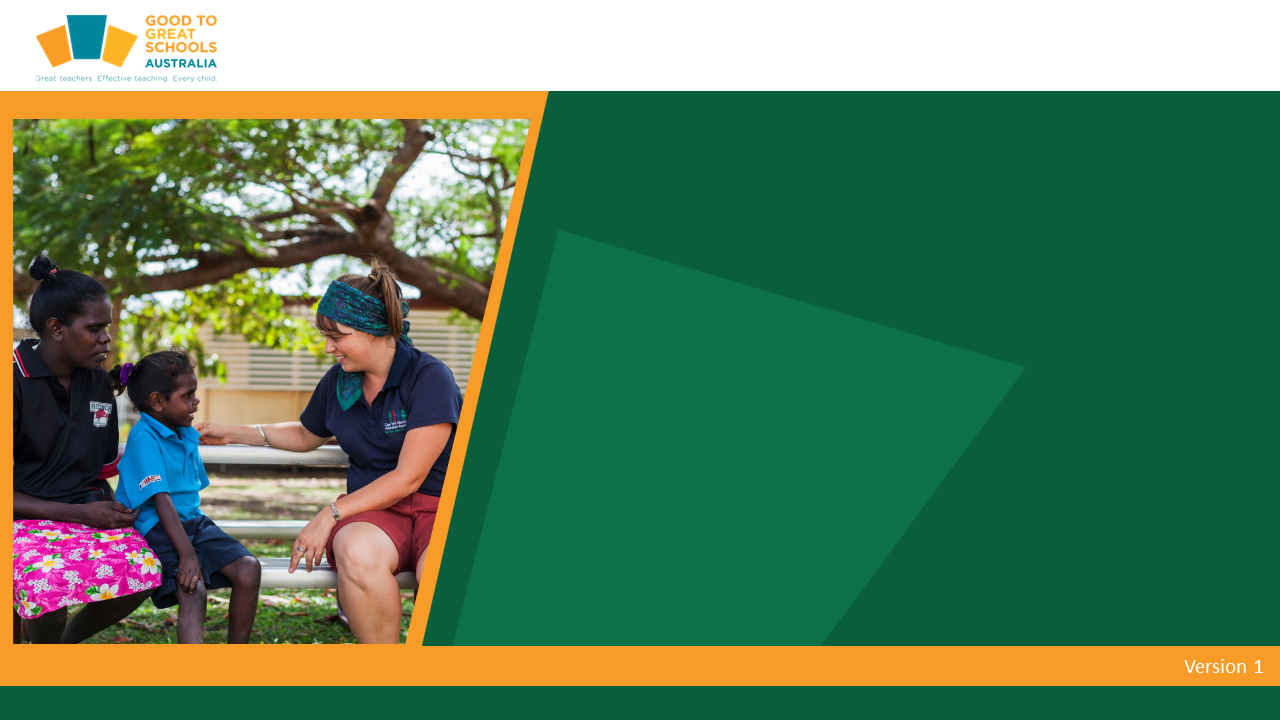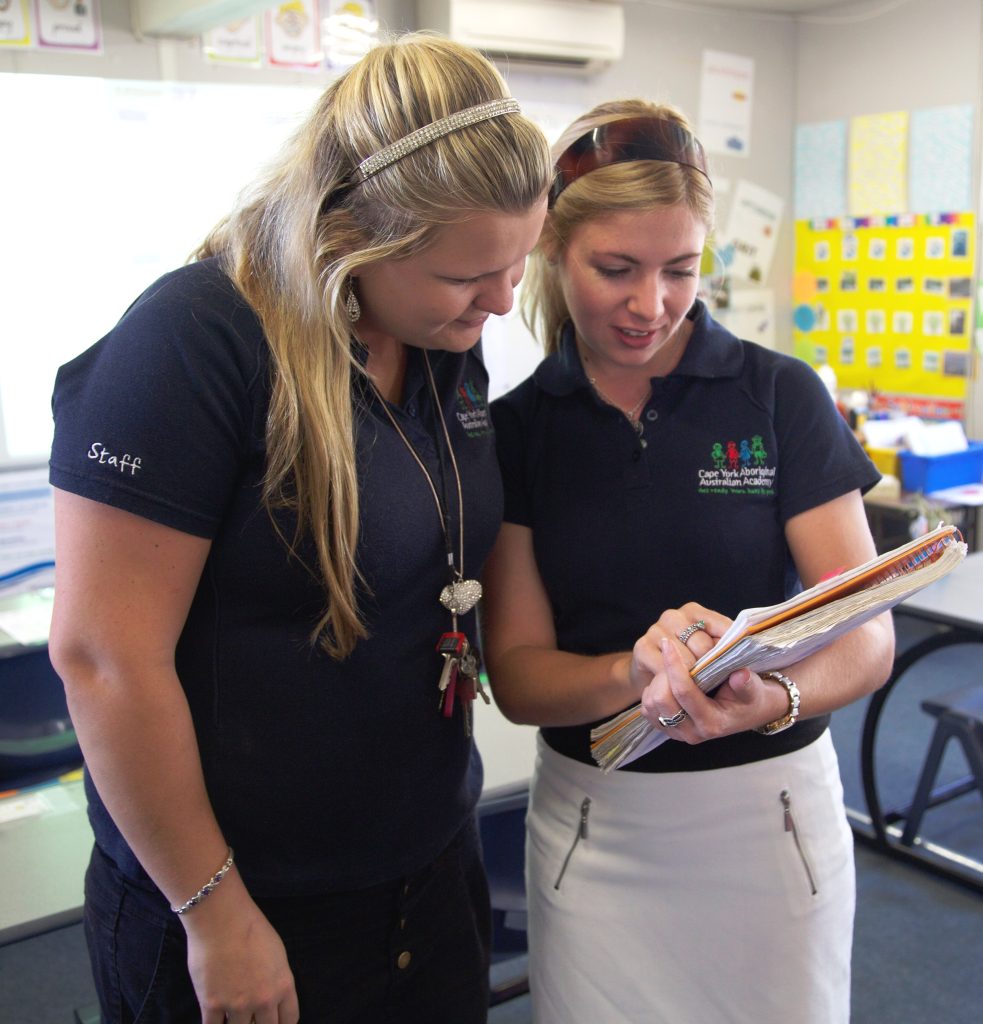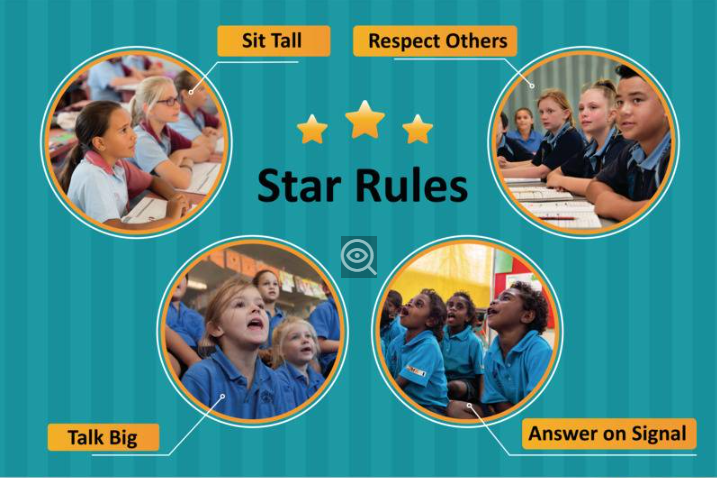Practice Build Positive Expectations with School Community
-
Module Introduction2 Topics
-
Delivered With Fidelity15 Topics|2 Tests
-
Cover
-
Module Objective
-
What Happens When Practice Build Positive Expectations is Delivered with Fidelity
-
How to Build Positive Expectations with School Community
-
Fostering Community Leadership Through Engaged Parents
-
The School Team Engages with the Community
-
Video – I Do Scenario
-
The Team Member Contributes to Building a High-Expectations School Culture
-
Video – I Do Scenario
-
The School Team Builds a Culture of Collaboration Around Continuous Improvement
-
Teachers Integrate Best Practices for Behaviour Management
-
The School Team Celebrates Positive Outcomes to Motivate Students
-
The School Leaders Celebrate Classroom and School Successes
-
Check Your Understanding
-
Test Your Understanding
-
Cover
-
Not Delivered With Fidelity12 Topics|2 Tests
-
Cover
-
What Happens When Building Positive Expectations is not Delivered with Fidelity
-
What Happens When the School Team is not Engaging with Community is Not Delivered with Fidelity
-
The Teacher is not Sharing Highlights of Achievements and Challenges with Parents
-
The Team Member does not Contribute to Building a High-Expectations School Culture
-
Teacher is not Modelling High Expectations for Students
-
The School Team does not Build a Culture of Collaboration Around Continuous Improvement
-
A Teacher Works in Isolation
-
The School Team are Unable to Celebrate Positive Outcomes to Motivate Team Members and Students
-
The School Team does not Have Evidence of Practices That Lead to Positive Results
-
Check Your Understanding
-
Test Your Understanding
-
Cover
-
Barriers That Impede Fidelity10 Topics|2 Tests
-
Cover
-
Barriers That Impede Delivering Positive Expectations with School Community with Fidelity
-
Using Deductive Logic to Identify the Cause of the Barrier
-
Not Understanding Why Building Positive Expectations with the School Community is Required
-
Not Knowing How to Build Positive Expectations with School Community
-
Staff Absences or Shortages
-
Allocated to Unrelated Tasks
-
Unable to Connect with Community
-
Check Your Understanding
-
Test Your Understanding
-
Cover
-
Removing Barriers That Impede Fidelit16 Topics|2 Tests
-
Cover
-
Ways to Tackle Barriers so Building Positive Expectations with School Community is Delivered with Fidelity
-
Learn Why Building Positive Expectations with The School Community
-
Video
-
The Process of Understanding Why Building Positive Expectations with the School Community is Required
-
How to Build Positive Expectations with School Community
-
The Process of Building Expectations with School Community
-
How to Tackle Staff Absences
-
The Process of Tackling Staff Absences
-
Staff Allocated to Unrelated Tasks
-
The Process of Allocating Time to Building Positive Expectations
-
How to Connect with Community
-
Video
-
The Process of Connecting with Community
-
Check Your Understanding
-
Test Your Understanding
-
Cover
-
Module Completion Survey1 Topic
Participants 12
Teachers Integrate Best Practices for Behaviour Management
Christine December 26, 2023

Teachers Integrate Best Practices for Behaviour Management
Principal Scott and Instruction Coach Val have been working with teachers on the importance of managing behaviour to improve the learning environment. Specifically, they have recently presented ‘Teaching Effectively to Manage Behaviour’ training for all teachers at the school. These are 11 behaviour-management related teaching skills that teachers need to deliver effective teaching to all students. Principal Scott would like all teachers to implement these strategies in their lessons.
The next day, teacher Kim uses the steps that were modelled at the meeting. To begin, she gets the students attention and explains the rules and the group goals for today’s Math lesson. During the lesson, Kim reinforces students who are ready to work, and who practice expected behaviours before starting instruction. She then presents a fractions lesson fluently and in an engaging manner, however Johnny starts fidgeting and looking out the window.

Instead of ignoring the minor behaviour, Teacher Kim tells Johnny to listen and continues to focus on Johnny even if his behaviour is not interfering with the lesson. At the end of the lesson, Kim reflects on her teaching techniques and reviews the strategies that were presented at the meeting.
She realises that she did not ignore Johnny’s behaviour even if it did not interfere with the lesson, which is a strategy that is suggested as part of the 11 behaviour management teaching skills.

Kim reflects on the lesson with her grade 5 co-worker and knows that she has been successful in trying some of the strategies but knows that she must continue building on her skills by adding the other techniques in her lesson. The strategy she wants to try is ‘Reinforce Good Behaviour Often’ and will aim for four positives to every negative teacher-student interaction.

